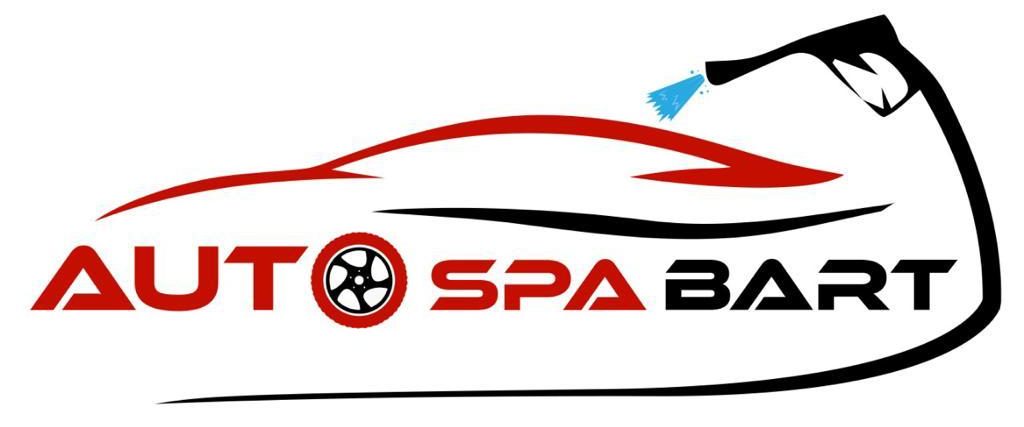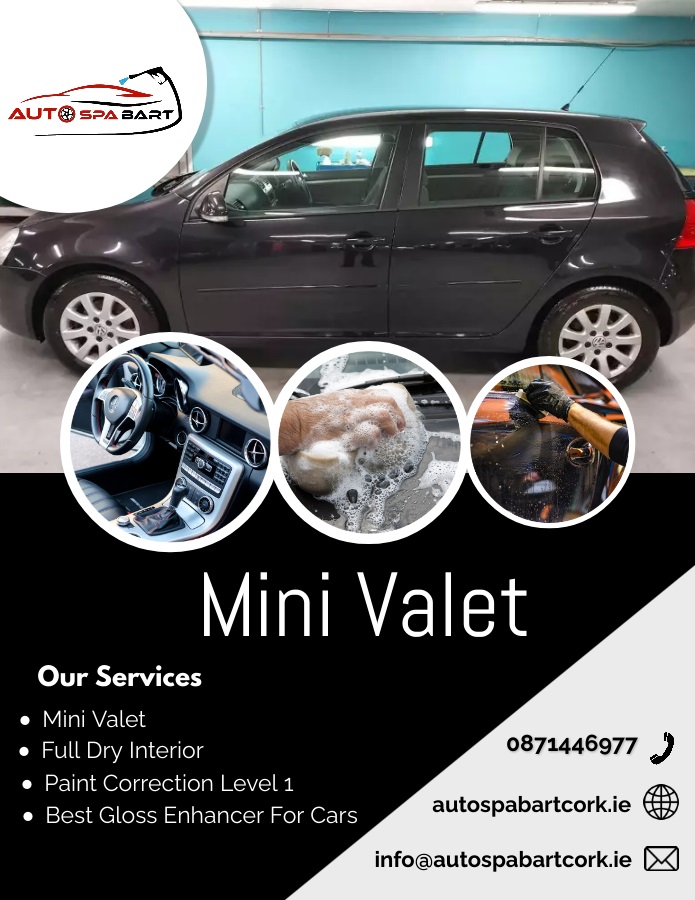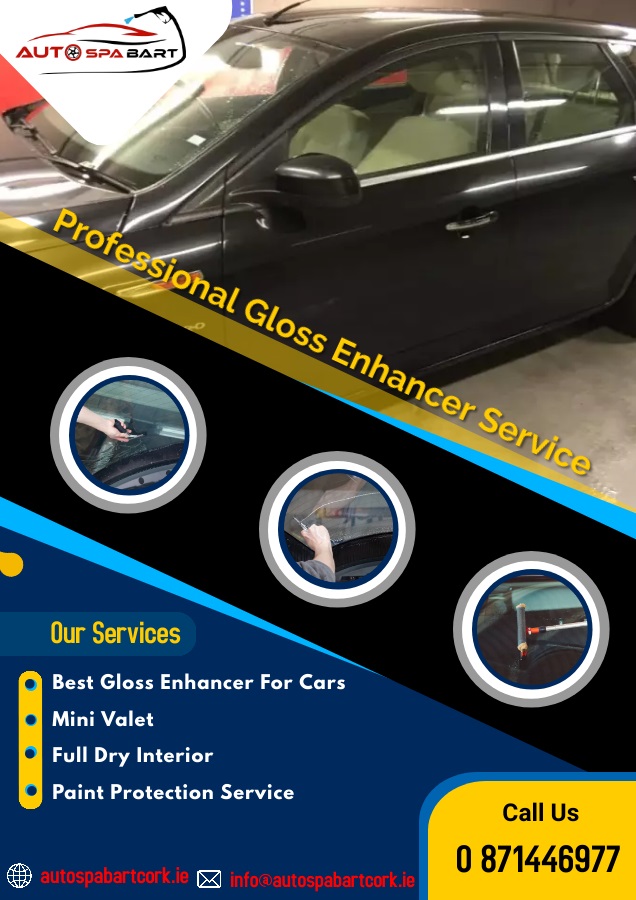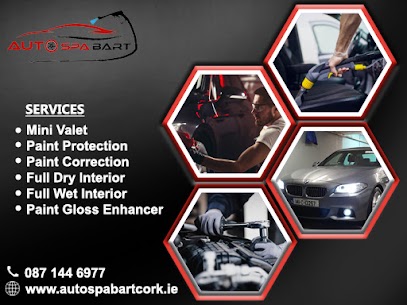
During a full dry interior car cleaning service, various surfaces inside the vehicle are thoroughly cleaned using dry or low-moisture methods. The goal is to remove dust, dirt, and debris without the use of water to maintain a clean and fresh interior. The surfaces that are typically cleaned during a full dry interior service include:
Seats: Both front and rear seats are cleaned, including the fabric, leather, or vinyl surfaces. Any loose dirt and debris are removed, and if necessary, a dry cleaning solution or fabric brush may be used.
Carpets: The vehicle’s carpeted areas, including floor mats, are thoroughly vacuumed and brushed to remove dirt, dust, and loose particles.
Dashboard: The dashboard and instrument panel are dusted and wiped to remove dust, fingerprints, and light stains.
Center Console: The center console, including any storage compartments and cup holders, is cleaned and dusted.
Door Panels: Door panels, including the armrests and handles, are dusted and wiped clean.
Steering Wheel: The steering wheel is cleaned and wiped to remove dirt and oils.
Air Vents: The air vents are dusted and cleaned to ensure proper air circulation.
Headliner: The headliner, which is the fabric covering the interior roof, is checked for dust and lightly cleaned if necessary.
Windows and Mirrors: The interior windows and mirrors are cleaned using a glass cleaner or microfiber cloth.
Gear Shift and Controls: The gear shift knob, buttons, and controls are wiped clean.
Upholstery: If there are any upholstered surfaces like door panel fabric inserts or cloth-covered seats, they are gently cleaned to remove dust and dirt.
Trunk Area: If applicable, the trunk area is vacuumed and checked for any loose debris.









